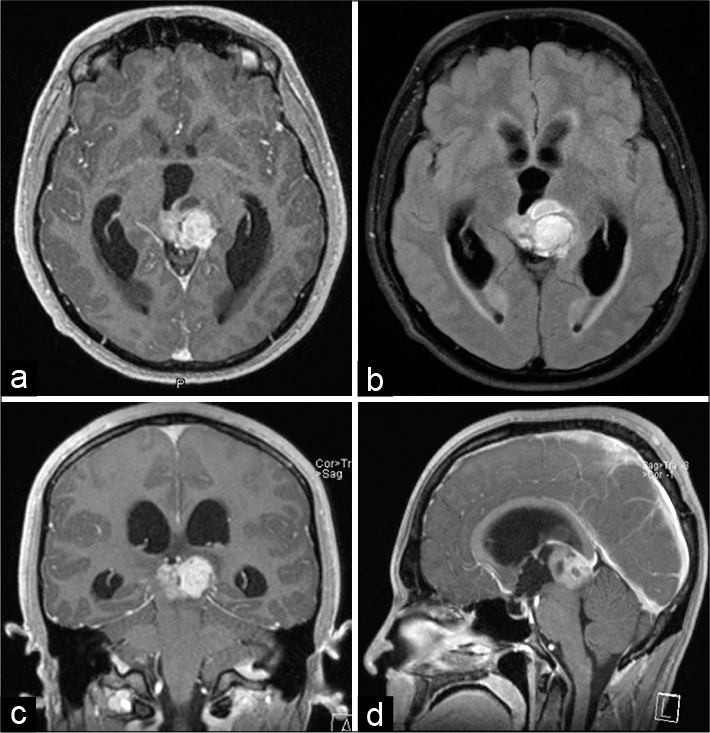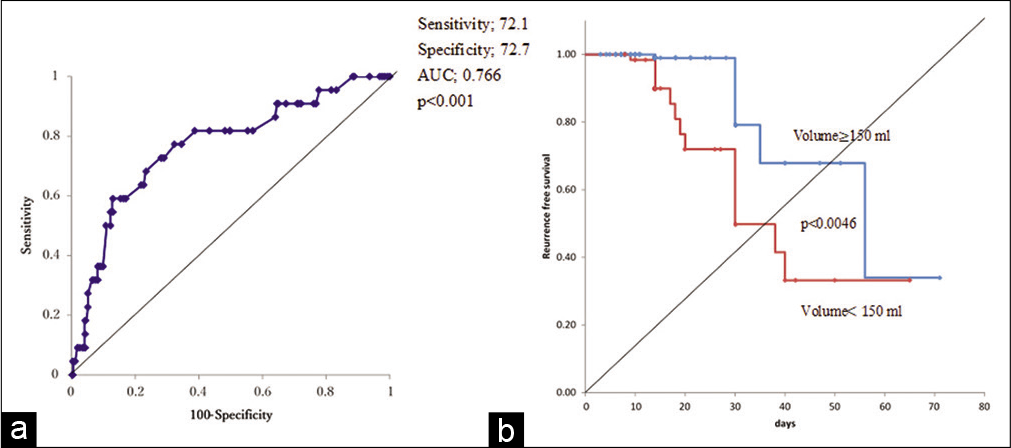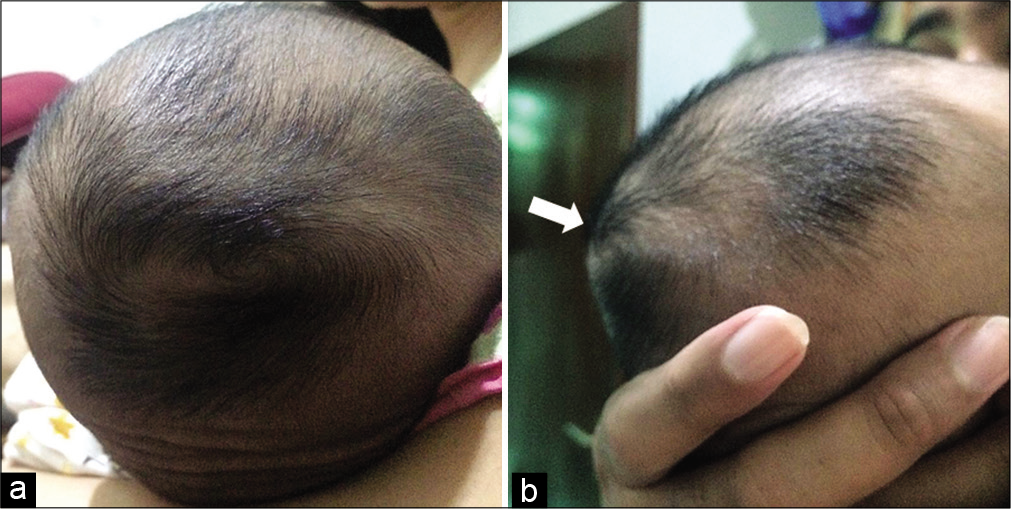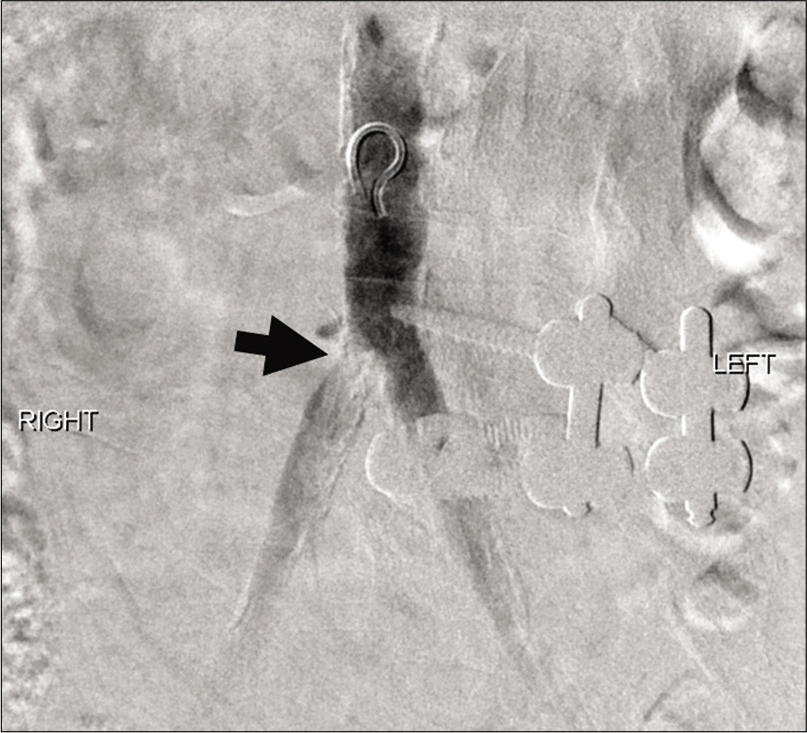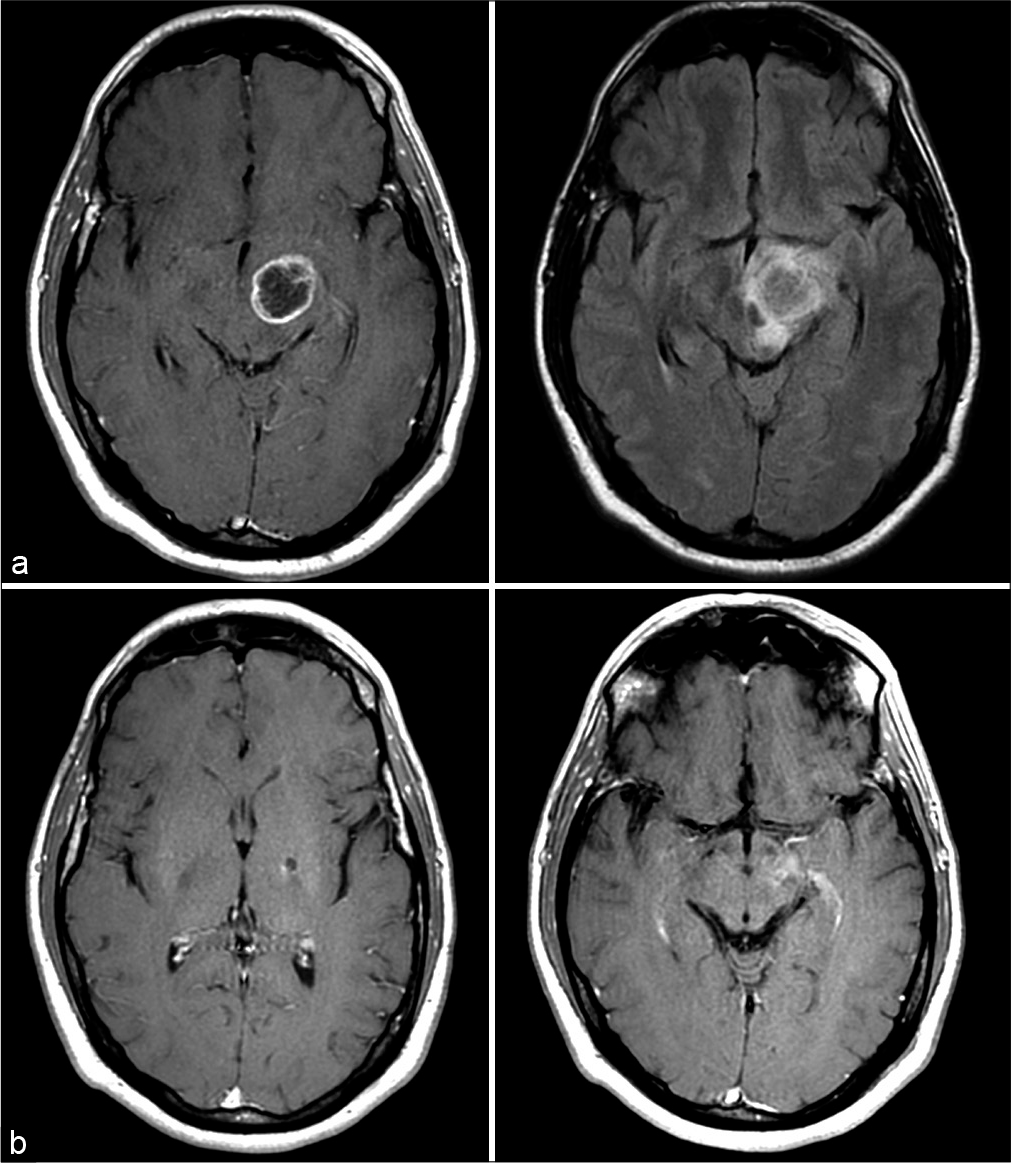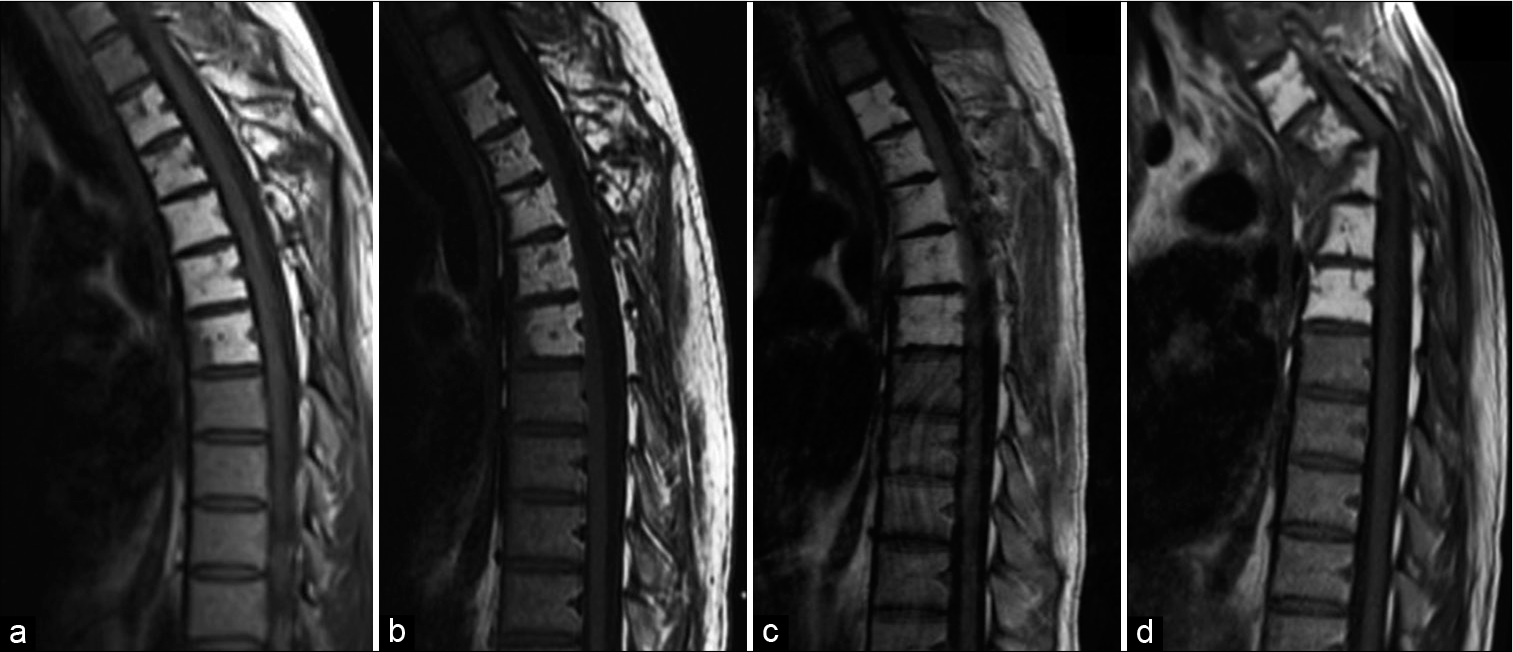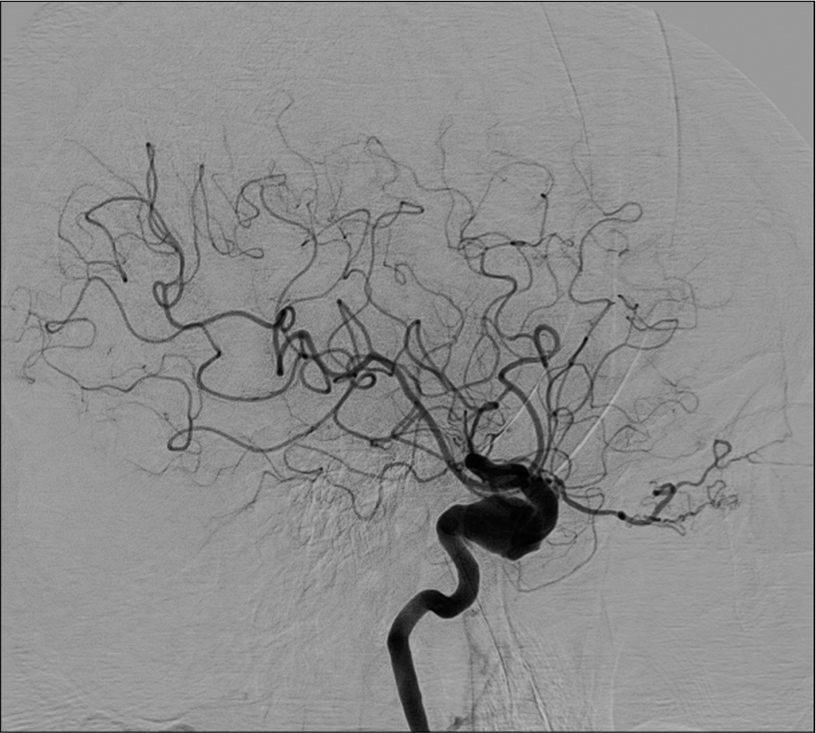Parkinsonism reversed from treatment of pineal non-germinomatous germ cell tumor
Date of publication: 25-May-2021
Background: Parkinsonism is a rare complication of non-germinomatous germ cell tumors (NGGCTs) arising from the pineal region.
Intraoperative hematoma volume can predict chronic subdural hematoma recurrence
Date of publication: 25-May-2021
Background: We routinely measured the exact chronic subdural hematoma (CSDH) volume during single burr hole surgery. To date, several risk factors have been reported for CSDH recurrence, including sex, hematoma volume and degree of midline shift calculated from computed tomography, use of anticoagulants or antiplatelet medications, and alcohol consumption habits. The aim of this study was to clarify whether hematoma volume, in conjunction with other factors, can predict recurrence.
Delayed subaponeurotic fluid collection on an infant’s head: Underreported case and review of the literature
Date of publication: 17-May-2021
Background: Delayed subaponeurotic fluid collection (DSFC) is a relatively uncommon problem, probably under reported soft swelling in the scalp which usually develops in infancy that occurs weeks to months after birth. Although the exact etiology remains unclear, several theories have been postulated such as (i) cerebrospinal fluids (CSF) leak from microfractures of the skull and (ii) disrupted lymphatic drainage, gradually liquefying subaponeurotic bleeding. Here, we reported typical clinical findings of DSFC and analysis of the fluid aspirate from our patient. To the best of our knowledge, this is the first case reported from Asia, particularly from Indonesia.
Differentiation of vascular claudication due to bilateral common iliac artery stenosis versus neurogenic claudication with spinal stenosis
Date of publication: 17-May-2021
Background: Differentiating between neurogenic and vascular claudication may be difficult. Vascular claudication due to aortic and iliac artery occlusions may present as low back, hip, and buttock pain while walking short distances. These findings are often very similar to those seen for neurogenic claudication attributed to lumbar stenosis.
Optimal design of neurosurgical hybrid operating room
Date of publication: 17-May-2021
Pericranial and scalp rotation flaps for occipitocervical hardware exposure with CSF leak in rheumatoid arthritis patient: A case report and review of the literature
Date of publication: 17-May-2021
Background: There are several etiologies of craniocervical junction instability (CCJI); trauma, rheumatoid arthritis (RA), infections, tumors, congenital deformity, and degenerative processes. These conditions often require surgery and craniocervical fixation. In rare cases, breakdown of such CCJI fusions (i.e., due to cerebrospinal fluid [CSF] leaks, infection, and wound necrosis) may warrant the utilization of occipital periosteal rescue flaps and scalp rotation flaps to achieve adequate closure.
Prolonged survival after laser interstitial thermal therapy in glioblastoma
Date of publication: 17-May-2021
Background: Glioblastoma (GBM) is the most common primary malignant brain tumor in adults. Management includes surgical resection followed by chemoradiation, and prognosis remains poor. Surgical resection is not possible for some deep-seated or eloquent tumors. Laser interstitial thermal therapy (LITT) has emerged as a new, minimally invasive surgical option for deep-seated GBM.
Utility of the spinal instability neoplastic score to identify patients with Gorham-Stout disease requiring spine surgery
Date of publication: 17-May-2021
Background: Gorham-Stout disease (GSD) is a rare syndrome presenting with progressive osteolysis which in the spine can lead to cord injury, instability, and deformity. Here, the early spine surgery may prevent catastrophic outcomes.
Interscapular pain with Chiari Type I malformation attributed to atypical spinal accessory neuralgia
Date of publication: 17-May-2021
Background: The spinal accessory nerve (XI) is traditionally considered a motor nerve. However, as some studies have documented the presence of nociceptive fibers in XI, vascular XI neural compression may lead to an atypical neuralgia.
Use of dual-energy computed tomography post endovascular treatment of cerebral aneurysm
Date of publication: 17-May-2021
Background: Along with surgical clipping, endovascular management is one of the mainstay treatment options for cerebral aneurysms. However, immediate post procedural imaging is often hard to interpret due to the presence of contrast material. Dual-energy computed tomography (CT) allows differentiation between contrast extravasation and intracranial hemorrhage and this case illustrates the importance of this following endovascular treatment of an unruptured cerebral aneurysm.


